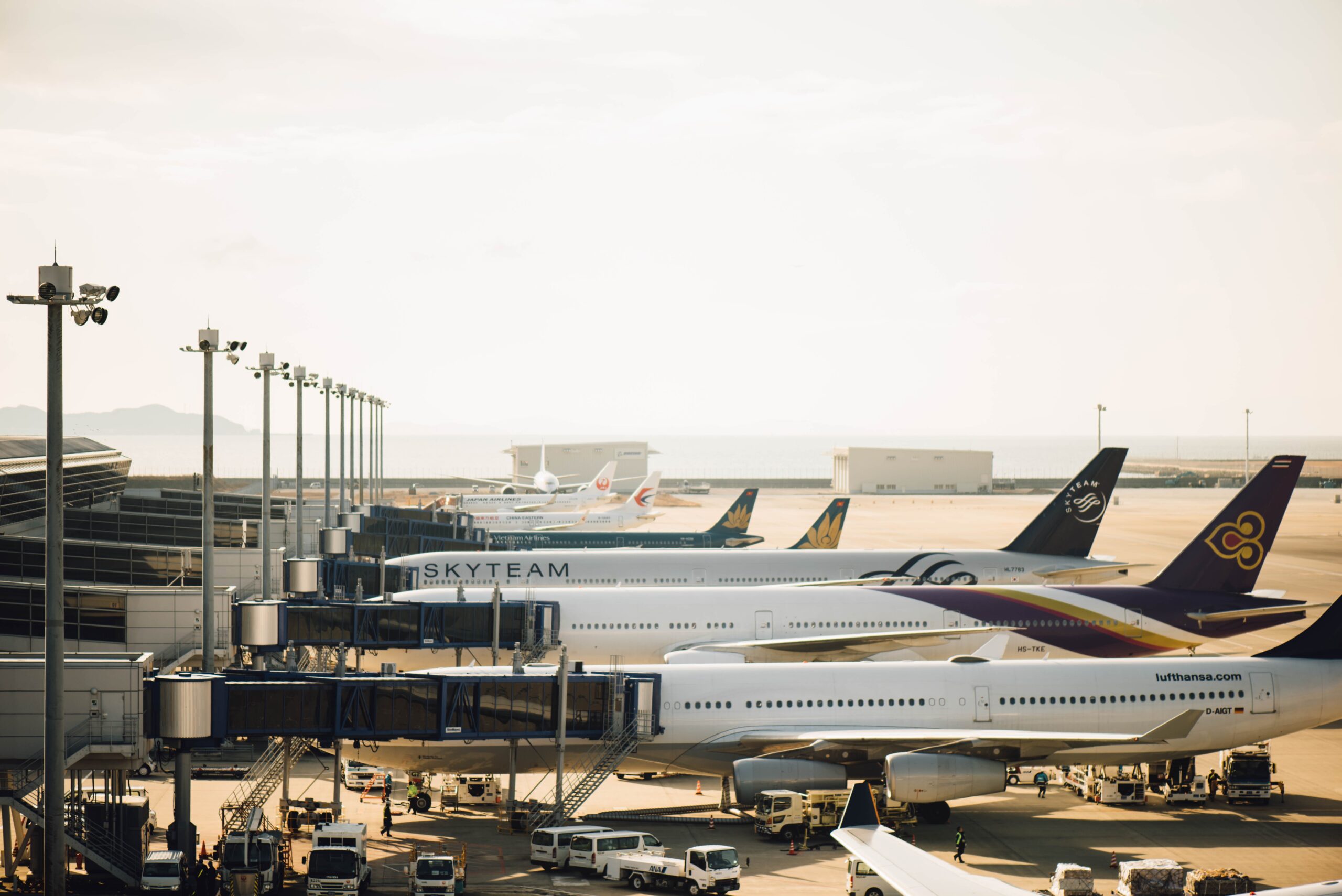The airline industry was established as a separate sector of the aviation industry when air cargo and mail services commenced performing scheduled services in the United States. The airline industry’s main revenue collections are contributed by passenger transportation and air cargo. The airline company was regarded as a healthy investment in the early days due to impressive turnover and immense profits. The Airline Deregulation Act of 1978 removed control over routes, fares, and new entrants in the market. Soon after deregulation, new entrants began to increase in the airline industry offering unique and engaging services. Later, with the advent of low-cost carriers LCC many full-service carriers were affected heavily in terms of revenue and cost management.
The preliminary purpose of revenue management is to implement and monitor the strategy of selling the right product at the right time to the right customer at the right place. The invention of the internet and computers made it feasible for airlines to manage large data for effective revenue management. RM was born in the airline industry when airlines decided to crush the competition and diminish the number of vacant seats on a flight.
The very first traces of revenue management can be found among the large airlines of the 1970s, American Airlines introduced yield management to counter the effects of airline deregulation, and this invention was regarded as the single most important technical development in the market after deregulation. Yield management worked for many years and encountered several applications in the hospitality industry.
The second generation of airline revenue management is leg revenue management where demand is forecasted for each nonstop flight to estimate the fare. Leg-based revenue management is easy to apply and control. Due to this reason, this method of revenue management gained popularity among airlines after deregulation as it was perfect for start-ups, low-cost and regional carriers. Moreover, this method is adequate for airlines that usually operate non-stop and domestic flights for efficient aircraft utilization.
The next generation of the airline management system is origin-to-destination O&D revenue management which was designed to manage and enhance revenue across the entire route network. This type of revenue system is fruitful for large airlines operating short and long-haul networks. Usually, large airlines such as Emirates use a hub system to operate the EK Network. Emirates network collects passengers from all over the network to Dubai and then fly to their original destination. If a passenger wants to travel from city A to C, Emirates would fly from A to C via Dubai International Airport B. O&D is the most complex system among all other revenue management systems which makes it difficult to implement revenue or traffic strategy. Therefore, the O&D system is usually beneficial for very large airlines where revenue is usually greater than operating costs. However, revenue maximization in O&D strategy is dependent on several factors including choice of aircraft, multiple hubs, codeshare agreements, and, alliances.
Occasionally airlines combine both Leg and R&D revenue management systems, comprehended as Hybrid Approach. In this strategy, airlines incorporate procedures from both systems to evaluate the most feasible options to maximize revenue.
The revenue management system was created by airlines to maximize aircraft utilization so that there are considerably fewer empty seats on a flight. The airline industry is also credited for continuously evolving the revenue management system to counter emerging challenges and competition. Determining the type of aircraft, designing the network, management of hubs, and offering different classes, onboard amenities, frequent flyer programs, and early-bird discounts are all creations of revenue management.
The use of technology is presumed as the most significant part of an efficient revenue management system. The usage of computer systems made revenue management more transparent and easy to maintain, and certain software developed for the specific or hybrid approach is utilized by airlines. Advanced software applications used for airline revenue management are also equipped with artificial intelligence to deliver more precise results. Real-time revenue management enables airlines to mitigate risks and increase overall productivity by reducing workload. Real-time revenue management also enables airlines to identify a low-performance route so that airline management can take actions to increase performance or close of the route.
The revenue management system will continue to evolve as the airline industry is consistently prone to many challenges after grounding for a long time with the emergence of the SARS-COV-2 pandemic. The pandemic created threats suchlike an aging fleet weakened flight networks from travel bans in several countries, quarantine restrictions, pilot shortages, fuel price surges, and many more. Revenue managers are always focused on identifying and forecasting risks and solutions to counter these problems by reducing the number of empty seats on each flight.
Aeroclass is focused on providing the best solution to aviation professionals by offering the next generation of online training courses. Learn more about airline revenue management with our team of experienced aviation business specialists. Our courses are designed according to current and future requirements of the industry that enable candidates to climb positively in their careers.
